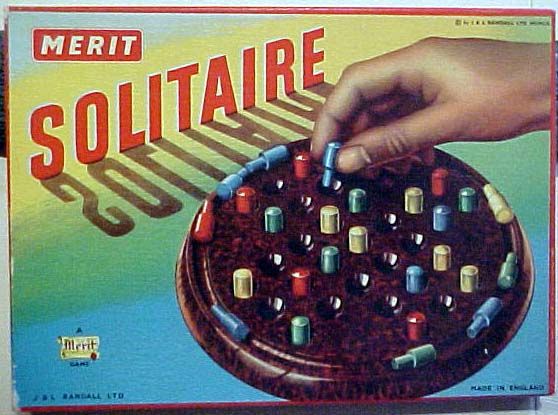Solitaire (1697) Board Game
Solitaire, also known as Patience, is a classic card game that has been around since the 17th century. It is believed to have originated in Northern Europe and became popular in France during the 19th century. The game’s popularity skyrocketed with the release of Microsoft Windows, where it was included as a default game in the operating system.
Game Components of Solitaire
How To Setup Solitaire
To set up the game, fill all the holes on the board with pegs or marbles, leaving only the central hole empty. For the English version, the central hole is the starting point, while the European version starts with a hole offset towards the top of the board.
Gameplay Mechanics and Game Objective
– Move a piece by jumping over an adjacent piece into an empty hole.
– The jumped piece is removed from the board.
– Moves can only be made horizontally or vertically, not diagonally.
Player Experience
Playing Solitaire is a challenging yet rewarding experience. It tests your logic, patience, and problem-solving skills, making it very satisfying to win. The game can be addictive and relaxing, played at your own pace, but it can also be frustrating when you realize a wrong move later on. The game requires strategic thinking ahead rather than just reacting to the current board state.
Pros
Cons
Personal Thoughts on Solitaire
Solitaire is perfect for anyone who enjoys solo activities, puzzles, and logical challenges. It is an excellent game for both kids and adults looking to keep their minds active and challenged. Despite its simplicity, the game offers a deep and engaging experience that has stood the test of time. Whether you’re a seasoned puzzle enthusiast or just looking for a quiet, intellectual challenge, Solitaire is a classic that continues to deliver.
We are supported by our audience. When you purchase through links on our site, we may earn an affiliate commission, at no extra cost for you. Learn more.

